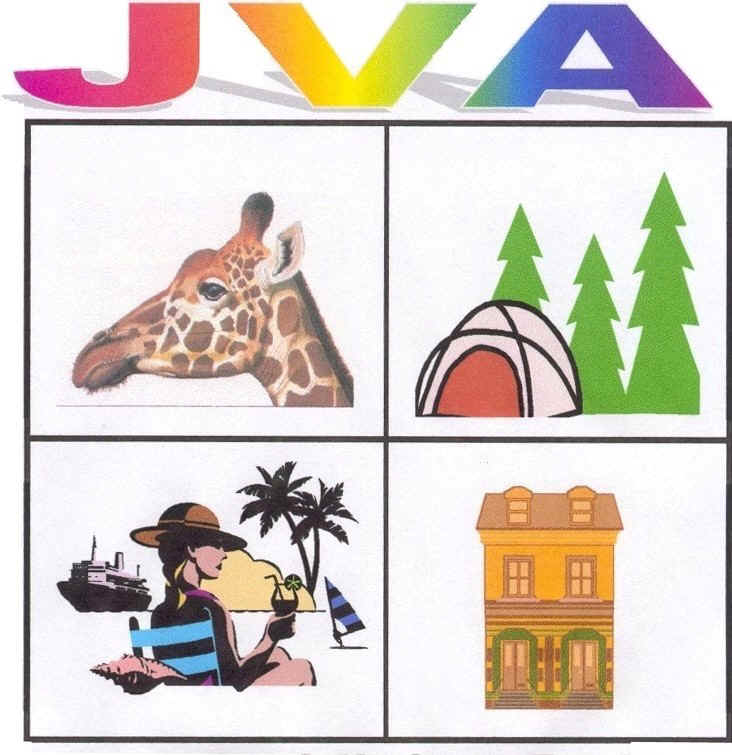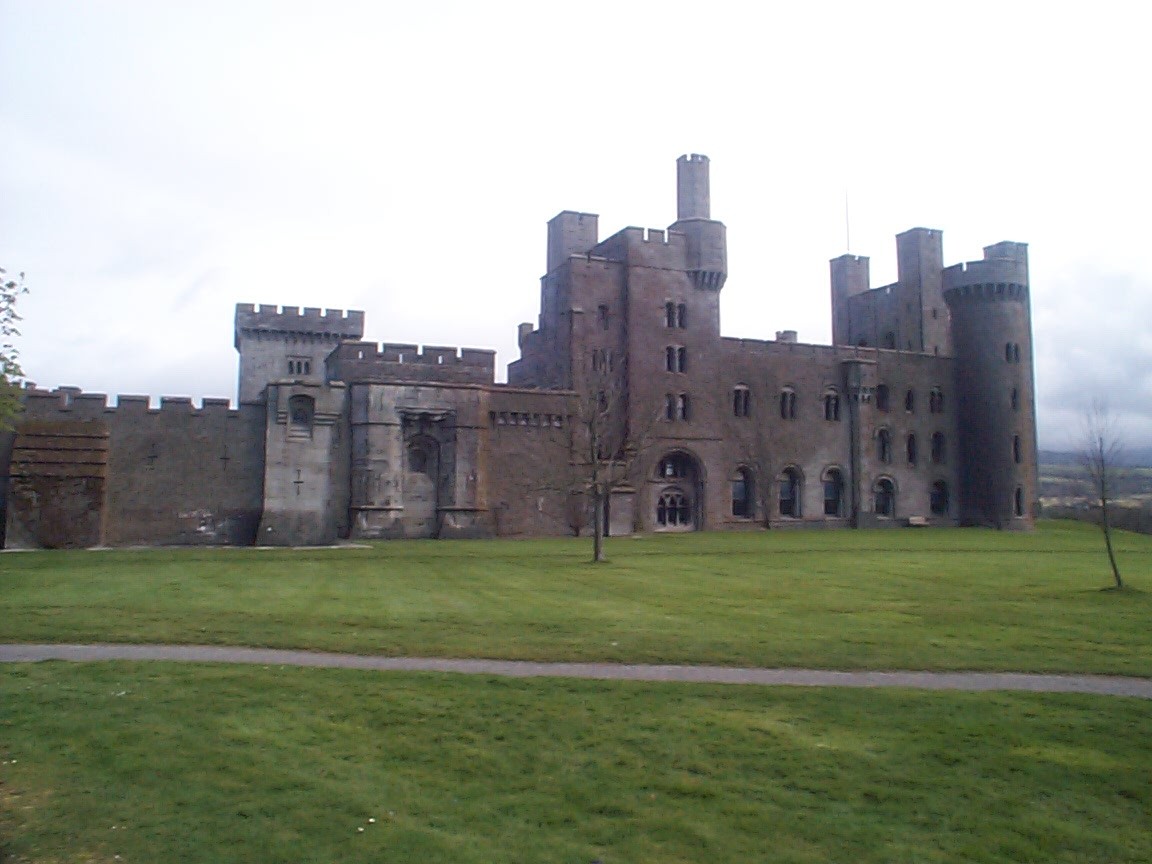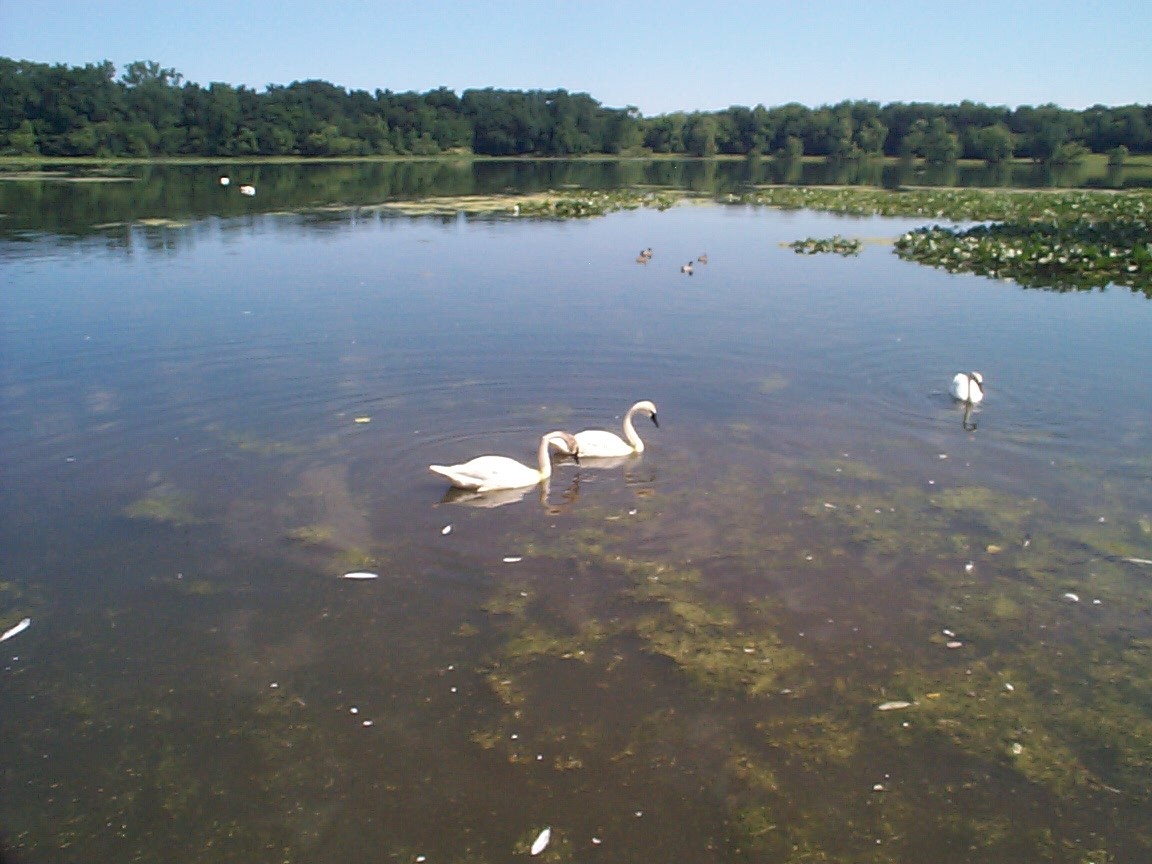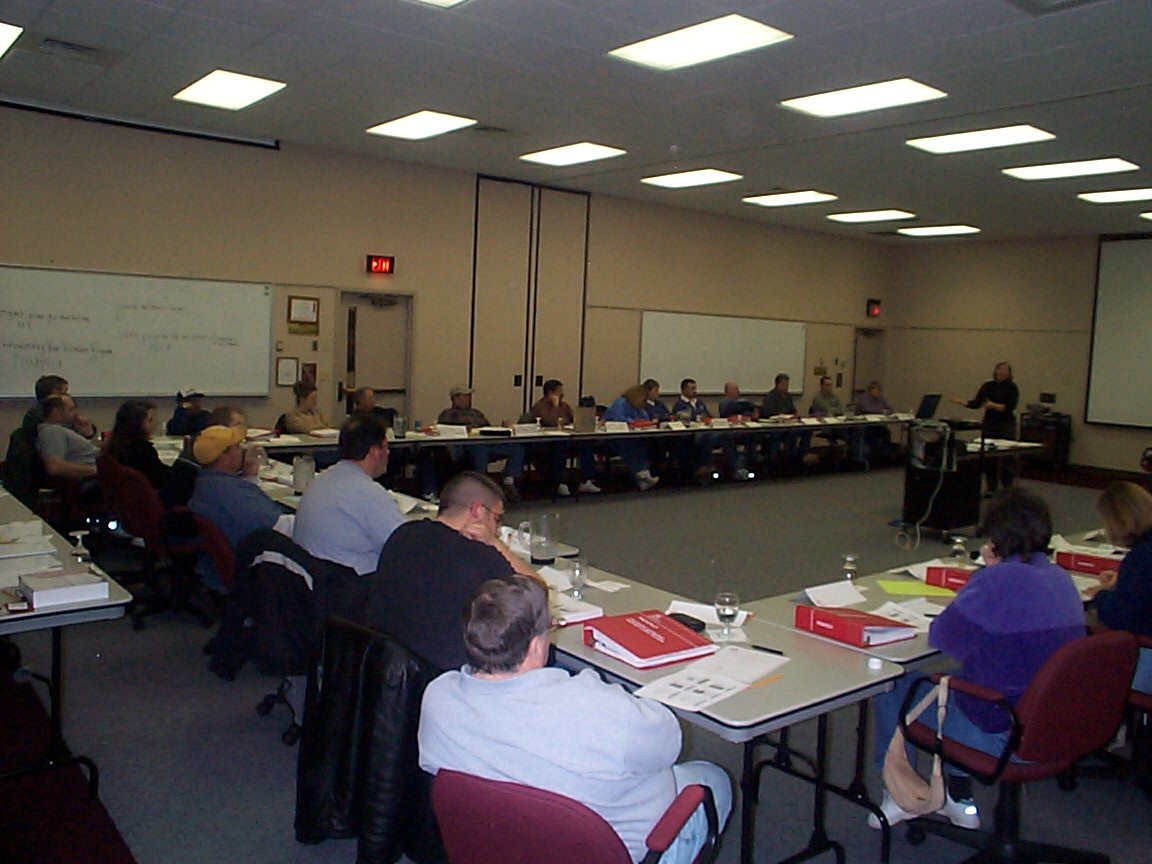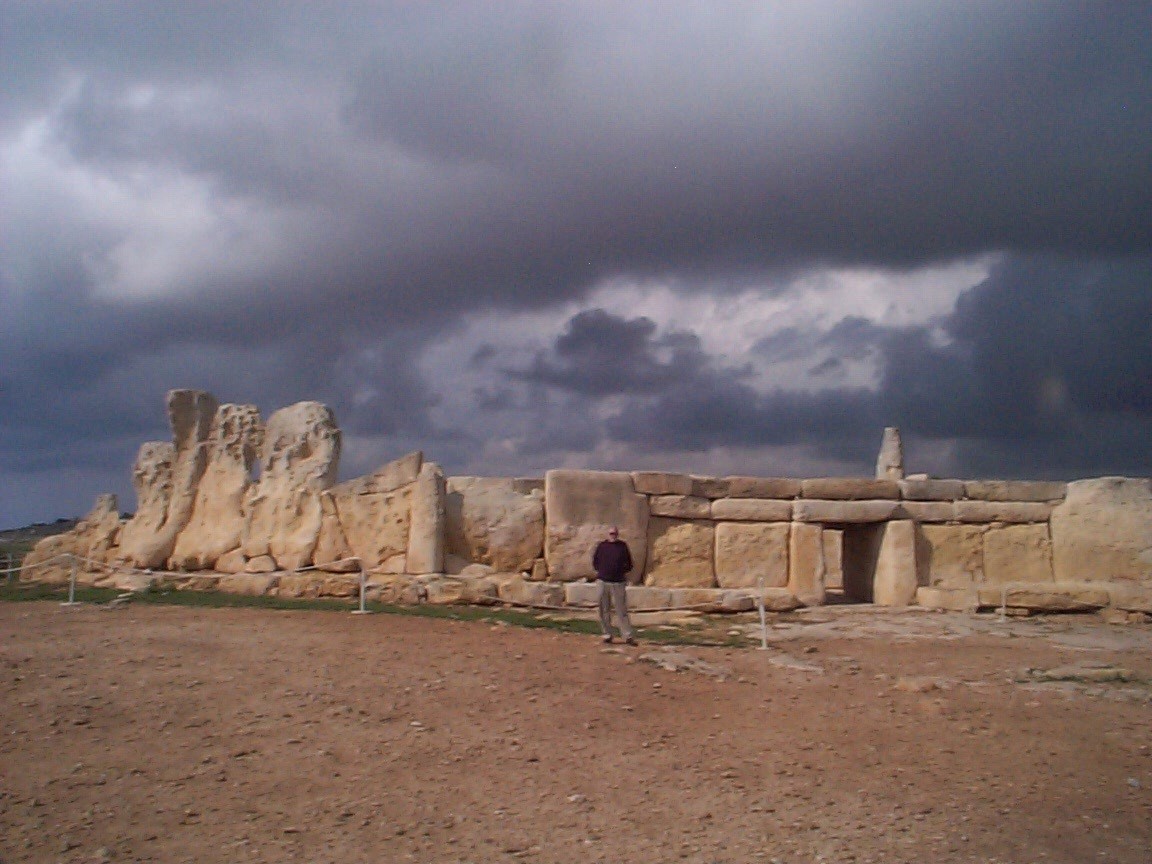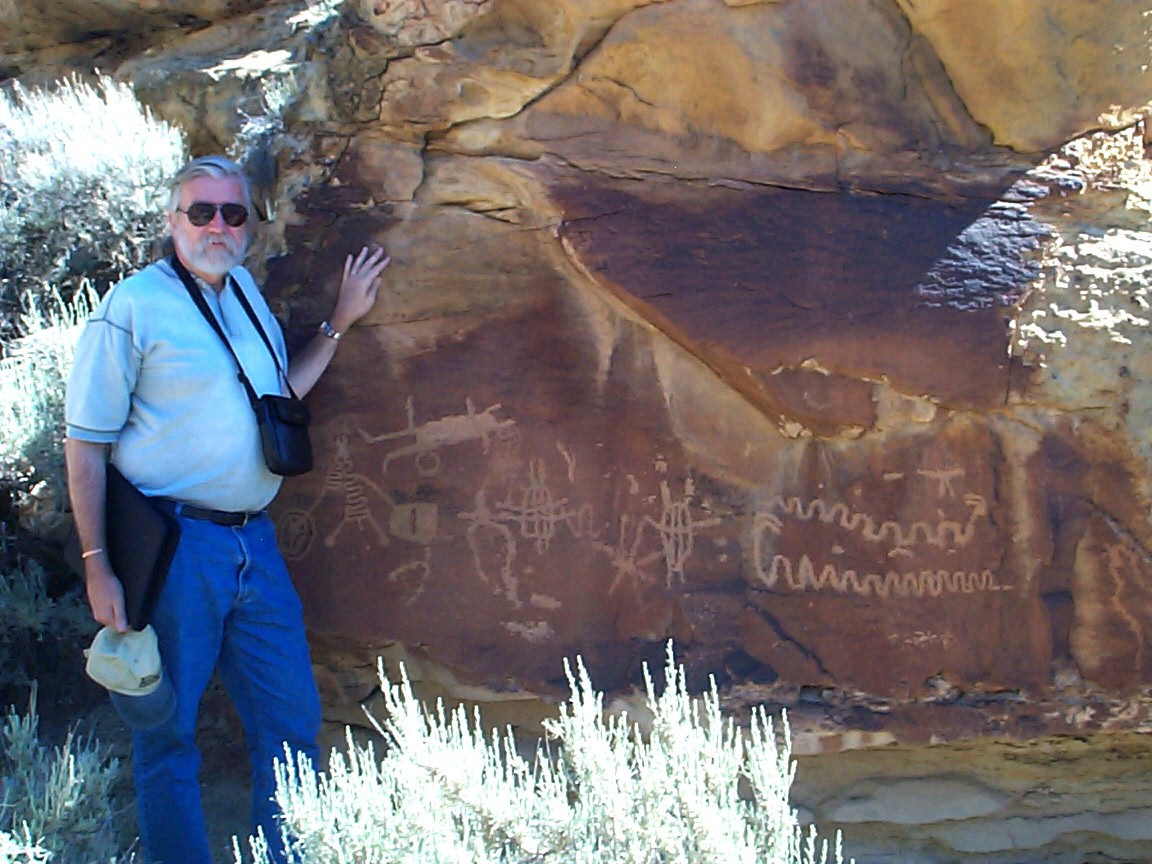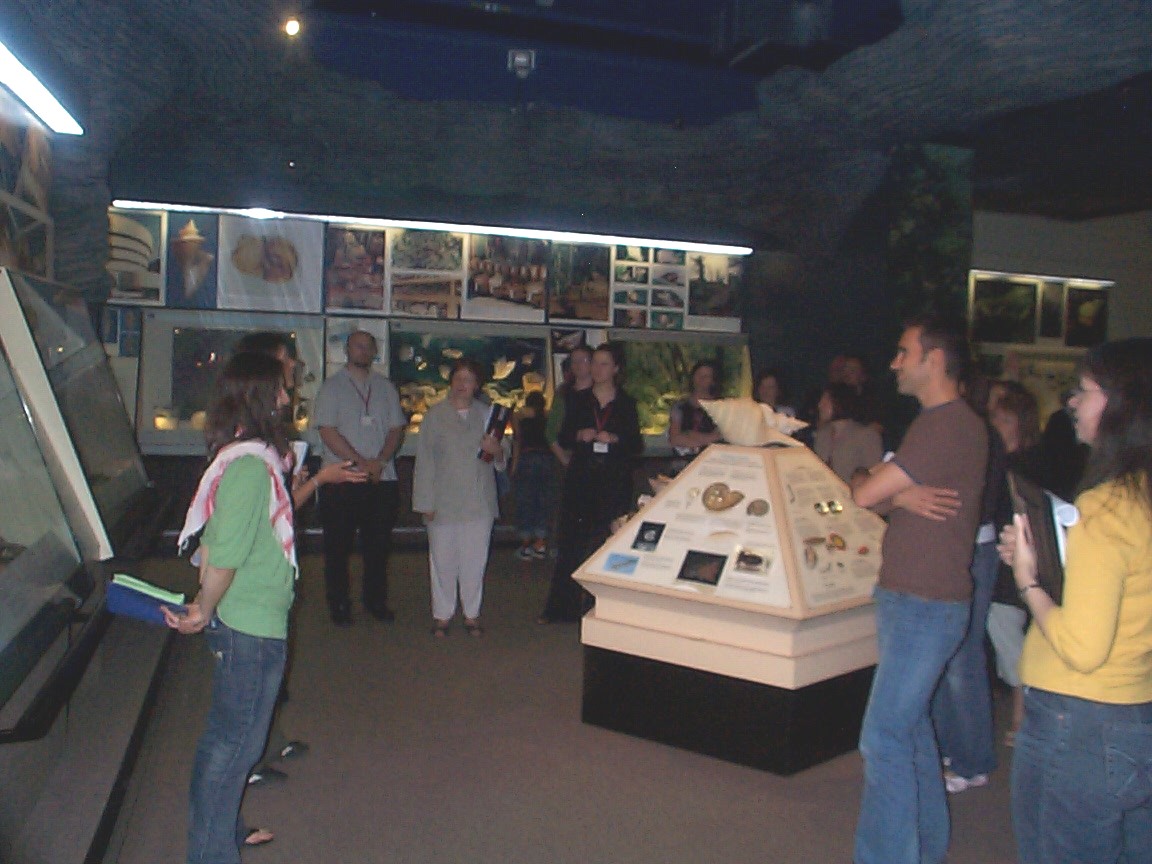Creating Interpretive Themes for
Heritage Tourism Sites and Attractions
John A. Veverka
Heritage Tourism & Interpretation Planner
What is an Interpretive theme?
A theme is the central or key idea of any presentation. When communication to your
visitors has been completed (via exhibits in a visitor center, self-guiding tours, live
programs, or other means), the audience should be able to summarize the main point of the
communication in one sentence. This sentence would be the theme. Development of a theme
provides organizational structure and clarity of understanding to the main message
of the site or facility. Once the main interpretive or story message theme has
been decided, everything in presenting the programs or services to the public falls
into place.
Themes should:
 | Be stated as a short, simple, complete sentence. |
 | Contain only one main idea if possible. |
 | Reveal the overall purpose of the site, facility, agency, program, visitor center,
etc. |
 | Be specific. |
 | Be interestingly and motivationally worded when possible. |
Thus: "History of the area" is NOT a theme – it is a topic. I
have to ask "what about the history of the area?
A theme would be: The history of Smithville is tied in amazing ways to the Big Fork
River.
With this as a "theme", the exhibits, programs, etc. would then give
the visitors lots of different examples of just how Smithville is tied in amazing ways to
the Big Fork River.
A theme is the one thing that, if nothing else, visitors remember, understand, or
feel about the heritage tourism experience of your site, facility, program. The theme
usually begins most programs, might be the first exhibit in a visitor center, or be the in
the first introductory paragraph of a marketing brochure or self-guiding brochure.
Can you find the theme in this room of mixed graphics and messages?
Look at the graphic below – this is what many visitors "see" when
they enter a visitor center, museum, historic site, or other heritage
attraction. They see "lots of things". But what you want them to
see, in this example, is the perfect 5-pointed star – that is the theme or main
point we want them to understand. Can you "find" the perfect 5-pointed star? How
long did it take?
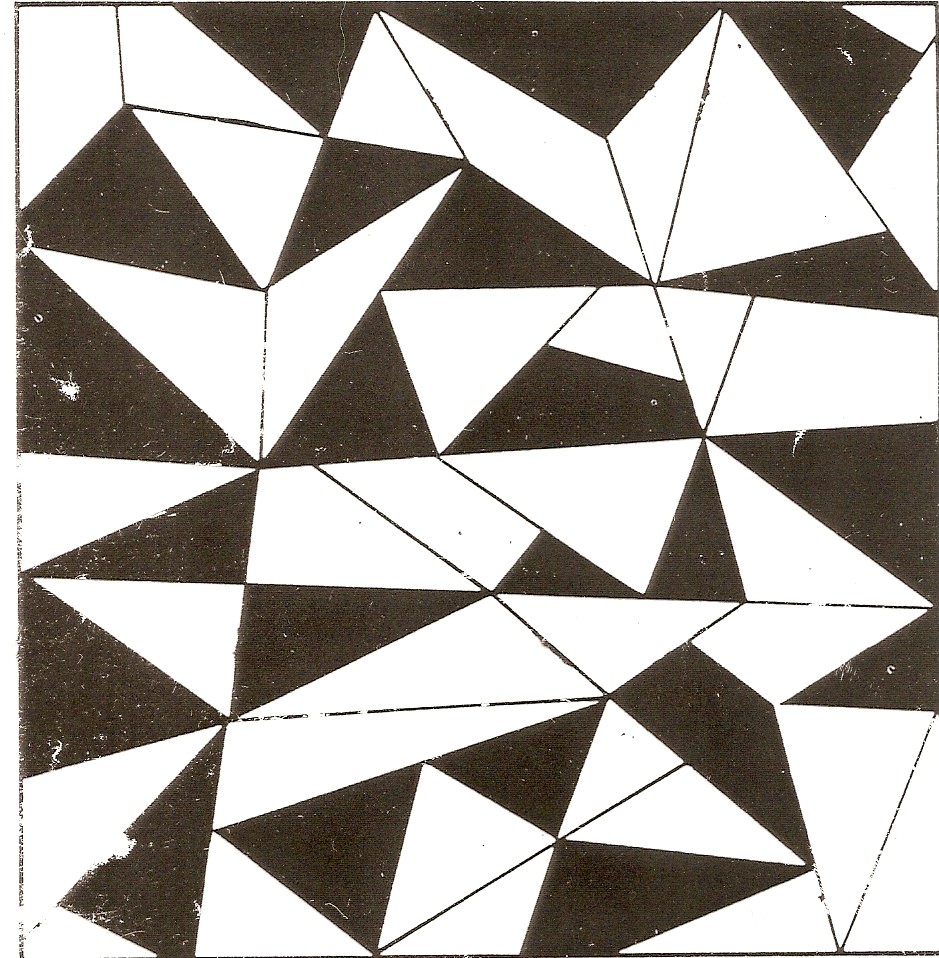
If you have trouble in "finding" the star, or the main point (theme) of
this visitor center, look at the next page of this article for a hint.
In heritage tourism planning, we want to make sure that the visitors can easily see the
star (your main message).
Themes big and small.
You can use themes for big messages and for small ones. For example, a theme
for a historic home might be:
The Smith Mansion changed forever the way 18th century homes were built!
An interpretive theme for a guided tour of the Smith Mansion might be:
The Smith Mansion holds many secrets behind its walls!
Selecting your operational theme
So you need a heritage site theme – how do you pick one? There are several
ways:
 | Do a story analysis for your site or attraction – what is the "site"
telling you it is a good or the "best" example of? |
 | What are the 5 most important aspects of your site (people, historical events, natural
history, etc.) that happened here that you want visitors to know about? |
 | How can those 5 events or significant aspects of your site be summarized into one
sentence (your "star)? |
Check your thought process:
Ask yourself and your staff this question – and have each person write down their
response.
"If we spend all of this time and money to interpret this site’s story
to visitors, and after the end of their visit, tour, etc. they only remember one thing
about this place, that one thing better be __________________________________"! The
filled in blank is your theme.
Themes and marketability
Once you have developed some draft main heritage site themes, the next thing to ask
yourself is "who cares". While you many think that your theme is great, will
your visitors think so too? So as you develop your theme and site story messages, ask
yourself these two questions:
- Why would a visitor want to know this (come to the site, attend the program, etc.).
- How do you want the visitor to use the information from your messages?
The theme needs to "relate" to your potential target markets –
give them some reason or motivation to visit your attraction or facility,
give them a hint as to "what’s in it for them" by visiting the site.
_______________________________________________________________________
Did you find the star? Look at the bottom right quarter of the
illustration.
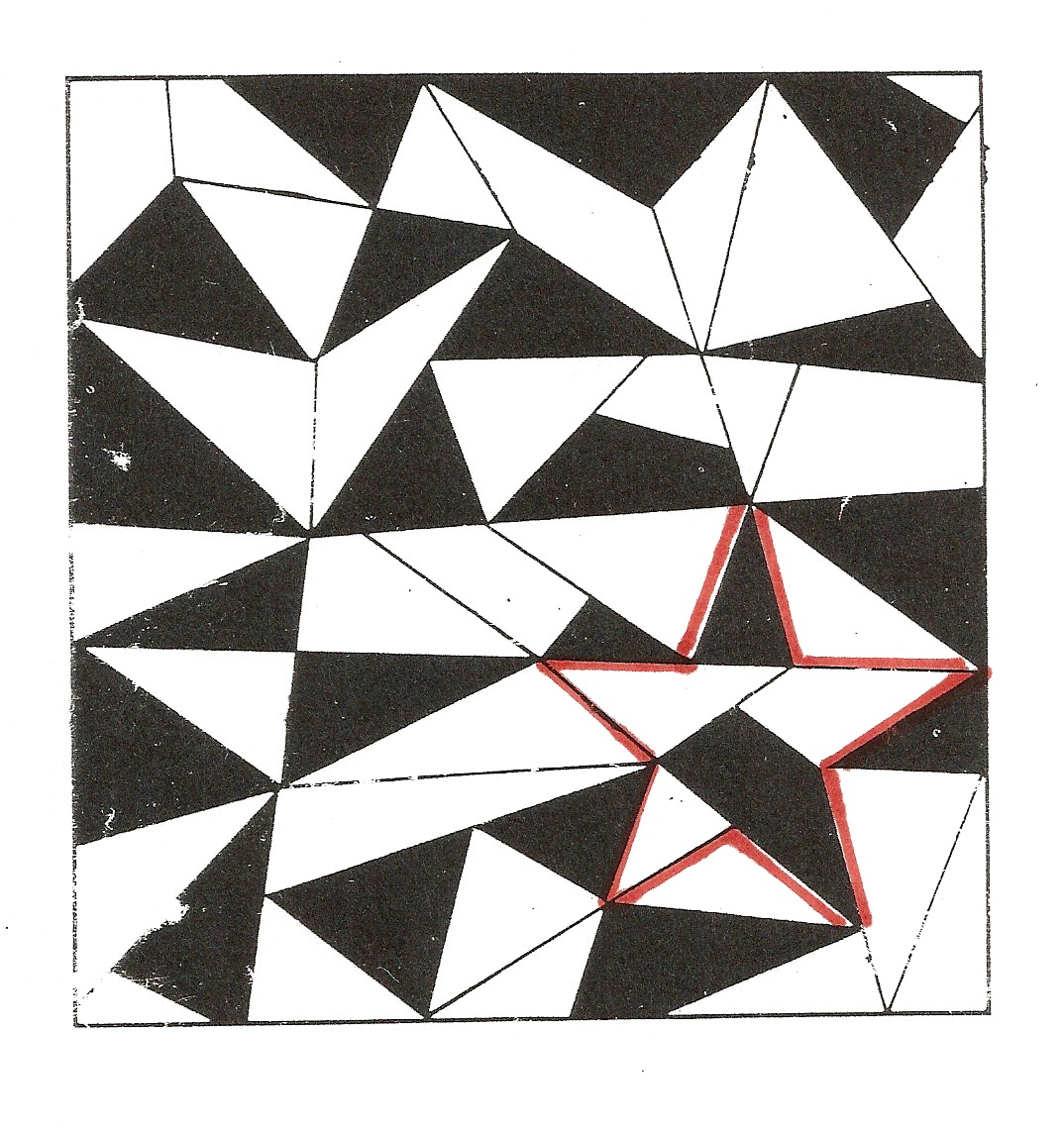
______________________________________________________________________
Examples of Heritage Tourism Site and Community Themes
Themes can be as rich and diverse as the kinds of heritage sites and
attractions that are available for visitor to experience. Here are some main theme
examples. Note that there are no "right or wrong" themes. Simply themes that
express your mission and site story in "more market successful ways" than
others.
The Connley Family (historic site) changed this communities history forever!
The village of Elgen help usher in the age of mass production.
The town of George is a birthplace of inventors that changed the world of photography.
The Wax River Fort Historic Site holds three hidden secrets.
The industry of Tomsburg underwent three historic changes.
Tomsburg milling history may have affected your own hometown.
Protesting and preserving local history benefits you and your family in several
ways.
The daily lives of children in historic Smithville will make you laugh and cry.
Some examples of "program" themes (or sub-themes to the main theme) might be:
The Smith home was built using three revolutionary building designs.
Living in the Smith home was full of daily challenges.
Fort George served the community in five different ways.
Farming in Onionville in 1890 changed for two remarkable reasons.
We need to preserve wetlands for 5 reasons.
Wetlands benefits all of us in 5 ways.
Steam engines changed our lives in 3 ways.
Main theme and sub theme relationships.
Once you have your main theme, you look at the sub-themes needed to illustrate that
main theme. Here is an example:
Main theme: Life on the Arnold farm changed
in many ways in the early 1900's.
Sub Themes: - New kinds of farm machines changed farming forever.
- New kinds of crops were needed to be planted for cash crops.
- Three social changes of the 1900's affected the Arnold family in several ways.
So essentially, themes are ways to organize and present the key
story (and stories) specific to your heritage attraction, site or facility. They guide you
to focus on the main events and to make sure visitors get a focused understanding of
what is so unusual, important, special, memorable, etc. about your heritage site.
Summary
Heritage interpretive themes are an essential ingredient in presenting your heritage
attraction to visitors, and helping them understand, value, appreciate the
significance of your site. The theme makes sure visitors get "the big
picture" of your attractions story. Themes are short complete sentences that will
guide your total program development (walks, talks, exhibits, etc.), as your
interpretive services will need to be planned content wise to "illustrate your
theme". Your theme is the essence of your identity, your thumb print in the heritage
or history of the area or community you are located in.
John Veverka
John Veverka & Associates
jvainterp@aol.com
www.heritageinterp.com
|

